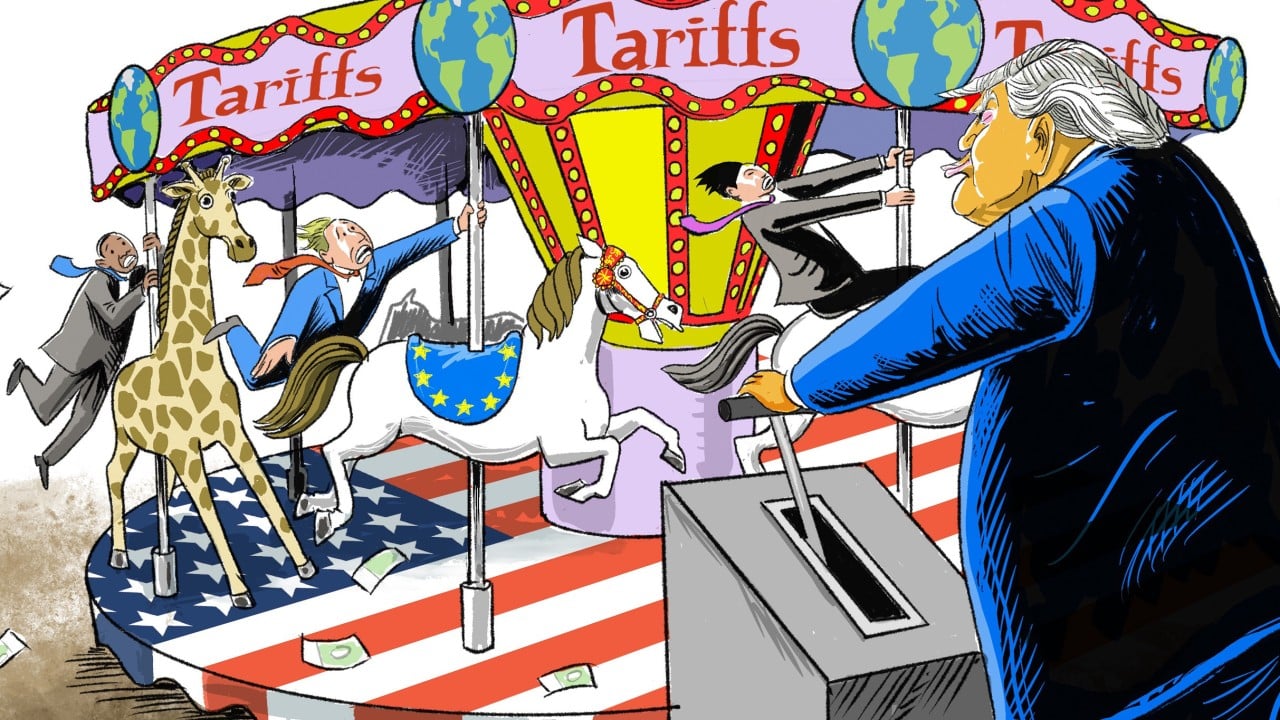As his new tariff regime came into force in early August, US President Donald Trump emerged as a clear victor. Largely due to the United States’ unrivalled market power, he was able to force major concessions from trading partners: zero tariff access and reduced non-tariff barriers from quite a number of countries, hundreds of billions of dollars in expected tariff revenue annually and around US$1 trillion in purchase commitments, not to mention pledged investments of at least US$1.5 trillion that are equal to 5 per cent of America’s economic output.
Advertisement
Some may argue that the sum of Trump’s latest terms and “reciprocal” tariffs at least provides a critical condition for making important business decisions – certainty. In truth, however, the dust will never settle on Trump’s tariffs, and more can be expected. One only needs to look at his tariff blitzes on Brazil and India to appreciate this.
Robert Zoellick, former US trade representative and World Bank president, has described Trump’s tariffs as a merry-go-round that won’t stop. “He believes uncertainty adds to his power and wants the freedom to bully others depending on what has his attention,” Zoellick wrote in The Wall Street Journal. No one should be surprised if Trump abruptly raises tariffs again.
Even if Trump keeps his tariffs unchanged, this kind of certainty is as comforting as the plight of an innocent man who has been sentenced to life imprisonment. As Trump’s egregious tariff system takes hold, the world economy will slow down and the law of the jungle will return.
To start with, Trump’s tariff regime would inflict significant economic damage on the European Union, Japan and South Korea, which bear the lion’s share of the purchase commitments and investment pledges made to the US. Outflows of capital that is badly needed at home would further set back anaemic economic recoveries.
Advertisement
Moreover, industries such as cars, semiconductors, pharmaceuticals and shipbuilding could shift to the US, which would hollow out domestic industries and weaken these US allies’ ability to innovate and compete globally.

